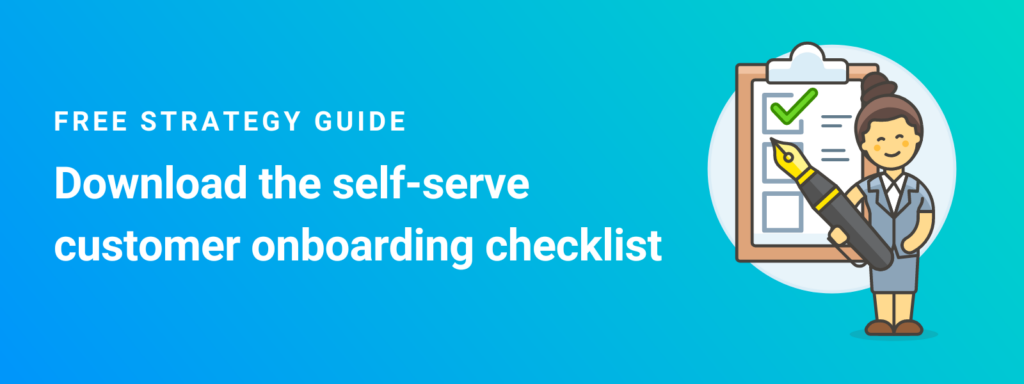It’s no secret that people favor companies that create an exceptional customer experience. In fact, 80% of customers say the experience a company provides is just as important as its products and services. Since the mass migration to remote work, improving digital care ecosystems has been a top priority for business leaders. So, how can companies stand out from the competition when superior customer support is becoming the new normal? That’s where proactive customer service comes in.
Proactive customer service is just one component of a holistic support ecosystem. This article will be the first in a series that covers holistic support and how it can increase customer loyalty and drive significant savings.
What does holistic support mean?
The ideal support experience incorporates support at all levels: proactive, self serve and assisted. These experiences should act as one holistic ecosystem, not separate departments, tool sets or solutions.
Proactive support is focused on successfully onboarding customers to their new device or service. It’s all about educating from the start, allowing customers to get the most out of their purchase.
Next is self serve, which is all about providing the right answer for your customers at the right time. Self-serve support empowers customers to problem solve on their own, increasing call deflection or reducing truck rolls.
Last but not least is assisted support. When customers do reach out, it’s crucial that your agents provide the right solution, each and every time.
Keep in mind that these levels of support need to work together; prioritizing proactive customer service doesn’t mean eliminating assisted support.
What is proactive customer service?
Proactive customer service is the act of anticipating and addressing common problems before a customer has to call or chat for help. Proactive support lets organizations reach customers earlier in the lifecycle of their device or service. It begins with successfully onboarding customers and educating them on all features and functions.
This support is also about diagnosing potential issues before the customer becomes aware of them, and providing tools to resolve the issue before the customer has to take action. Proactive customer service also encourages users to get comfortable using your self-serve options and knowledge base.
Proactive customer service strategies
How do you offer proactive support within your customer service ecosystem? Let’s dive in.
Onboard with care
Proactive support and onboarding go hand in hand. To create a positive onboarding experience, reach out to customers by sending a welcome email, text or push notification to their device before they even realize they need assistance. In this first interaction, it's ideal to offer personalized self-serve resources. Include the most frequently asked “getting started” support topics customized to the customer’s device, app or service. This approach ensures that customers feel appreciated and supported.
Personalize answers
According to a study from Deloitte, companies that are effectively using personalization improved customer loyalty by one and a half times more than their peers. As mentioned above, personalization in proactive customer service means that you should be providing answers to common questions tailored uniquely to customers’ technology ecosystem before they think of reaching out. Use your knowledge of what devices, apps or services the individual subscribes to in order to personalize your outreach.
Offer self-serve options
During your proactive outreach, guide customers to your self-serve options or knowledge base. These can be detailed and easy-to-follow articles, FAQs or guided interactive tutorials. Cover topics that encompass all areas of your supported apps and devices. Some examples could be managing new accounts, adding family members to a plan, inserting a new SIM card or connecting to WiFi.
By empowering your customers to problem solve and get familiar with your product or service on their own, they’ll be more likely to utilize your self-serve hub for any future troubleshooting before calling your contact center. Robust self-serve tools help deflect future assisted calls and route them to low-cost, always-on options.
Ask for feedback
Who better to ask about customer needs and pain points than customers themselves? Once your customers have been onboarded successfully, consider using surveys, feedback forms and other interactive options to ask about their onboarding experience. Use this information to identify any areas where you can improve your proactive customer service.
The benefits of proactive customer service
Anticipating your customers needs and offering personalized support not only benefits your customers, but serves your company as well.
Increase customer satisfaction
Proactive customer service increases customer satisfaction by addressing potential issues before they escalate, reducing frustration and downtime for customers. It shows that your company is committed to anticipating and meeting customer needs, fostering trust and loyalty. When your customers are happy, they’re more likely to return for future services and recommend to friends and family.
Reduce customer churn
According to a report from Forrester, increasing your retention rate by five percent can result in a 25% increase in profitability. All the more reason to prioritize the customer experience through proactive support. When customers are educated to get the most out of their technology on day one, they’ll see immediate value in your product or service and continue to explore all features and capabilities.
Save money
By proactively supporting customers, you’ll reduce frustration that ultimately leads to churn and decrease costly returns and cancellations.
In addition, with proactive customer service, your customers will be more likely to use your self-serve options before contacting a support agent. Increasing your call deflection rate can help you save millions of dollars annually.
Level up your support ecosystem with proactive customer service
Proactive customer service anticipates and addresses issues before they arise, reducing customer frustration and enhancing satisfaction. By demonstrating a commitment to meeting customer needs and providing personalized support, it cultivates trust, loyalty and stronger relationships.
However, proactive support is just one piece of a holistic approach to customer service. To stand out from the competition, your customers need to first be aware of the tools that exist for them, and secondly be wired to use them. This is done by leveraging holistic support. Stay tuned for the rest of our holistic support series where we’ll cover self serve and assisted support.

Are you looking to create an exceptional experience that your customers will love? As a leader in omnichannel customer service, Ozmo is trusted by Verizon, Rogers, TELUS and more. Learn more about how Ozmo’s omnichannel platform can help your business.



